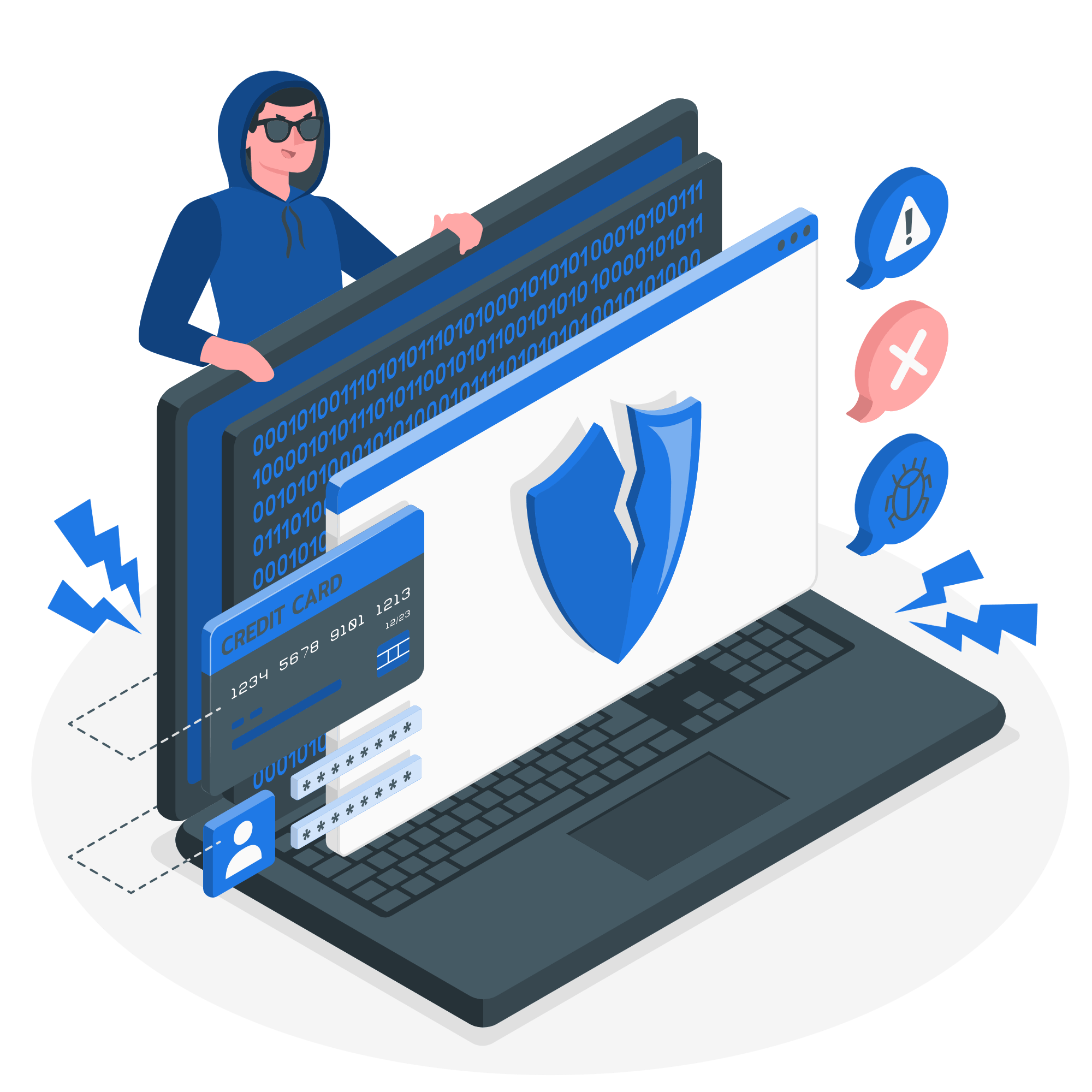SIEM vs SOC: Understanding Their Roles
Publié le 16 September 2025

Faced with the escalation and increasing sophistication of cyberattacks, it is imperative for companies to strengthen their cybersecurity. The terms SIEM (Security Information and Event Management) and SOC (Security Operations Center) are frequently used in this sector. However, many people confuse these two concepts, even though they have clearly different roles.
This article aims to examine their definitions, distinctions, and complementarity to better understand how they contribute to protecting organizations.
What is a SIEM ?
A SIEM is a computer program designed to gather, centralize, and review in real time security incidents from various sources such as servers, applications, firewalls, antivirus software, networks, etc. Think of it as a vast "black box" that logs and correlates all IT actions to identify abnormal behavior.
Main Features of SIEM
Modern SIEMs offer several key functions :
- Log collection: They retrieve event logs from all systems.
- Correlation: They cross-reference this data to identify abnormal patterns.
- Automatic alerts: When a threat is detected, an alert is generated.
- Reporting: They provide detailed reports for compliance (GDPR, ISO 27001, etc.).
Benefits of SIEM for Businesses
A SIEM provides visibility across the entire IT system, improves threat detection, and automates part of the monitoring. It is also a valuable asset for meeting legal security and compliance requirements.
Limitations of SIEM
However, a SIEM does not act alone. It can generate too many alerts and requires experts capable of analyzing and responding. Without a dedicated team, a SIEM can quickly become an "alert machine" that is difficult to operate.
What is a SOC ?
The SOC is a security operations center composed of human experts. These analysts work 24/7 to monitor, analyze, and respond to security incidents. Where the SIEM is a tool, the SOC is a team and an organization.
Role of SOC Analysts
The SOC doesn't just read SIEM alerts. Analysts :
- Investigate each alert to confirm the threat.
- Decide on the response (IP address blocking, workstation isolation, etc.).
- Coordinate actions with IT teams.
The 3 SOC Levels (Level 1, 2, 3)
- Level 1: Real-time monitoring, alert filtering.
- Level 2: In-depth investigation, root cause analysis.
- Level 3: Advanced threat hunting and proactive strategy.
Strategic Importance of the SOC
A SOC serves as a veritable cybersecurity control tower. It provides in-depth defense and drastically reduces response time to attacks.
How do SIEM and SOC work together ?
A complementary relationship
The SIEM can be compared to a radar that detects suspicious aircraft, and the SOC to fighter pilots ready to intervene. Together, they form a cohesive defense.
Concrete example of an incident
Imagine an attempted intrusion on a server :
- The SIEM detects an unusual connection from a foreign country.
- The SOC analyzes the alert, confirms the attack, and blocks the IP address before any damage occurs.
Benefits for companies of combining SIEM and SOC
Improved threat detection
The two combined help reduce blind spots.
Reduced false positives
The SOC filters alerts from the SIEM, avoiding unnecessary disruptions.
Optimized cybersecurity costs
Although expensive, their combination can prevent massive losses due to a successful attack.
Strengthening Regulatory Compliance
The SIEM + SOC combination ensures better traceability and comprehensive reporting.
How to determine the best approach for your company ?
SME : SIEM alone or external SOC ?
An SME can opt for a SIEM coupled with an outsourced SOC to limit costs.
Large Enterprise: In-house SOC + Advanced SIEM
Large organizations must invest in a robust in-house SOC, supported by a high-performance SIEM.
Selection Criteria
Available Budget
In-house Skills
Risk Level and Sector Exposure
FAQ
1. Can a SIEM operate without a SOC ?
Yes, but its effectiveness is limited because it generates alerts without in-depth human analysis.
2. What is the difference between an in-house SOC and an outsourced SOC ?
An in-house SOC is managed by the company, while an outsourced SOC is outsourced to a specialized provider.
3. How much does a SIEM cost on average ?
The cost depends on the volume of data and features, but can range from a few thousand to several hundred thousand euros per year.
4. Do SMEs really need a SOC ?
Yes, especially through an outsourced SOC, as attacks target all sizes of companies.
5. Does a SIEM ensure regulatory compliance ?
It greatly facilitates compliance, but it's the combination with a SOC that ensures complete protection.

